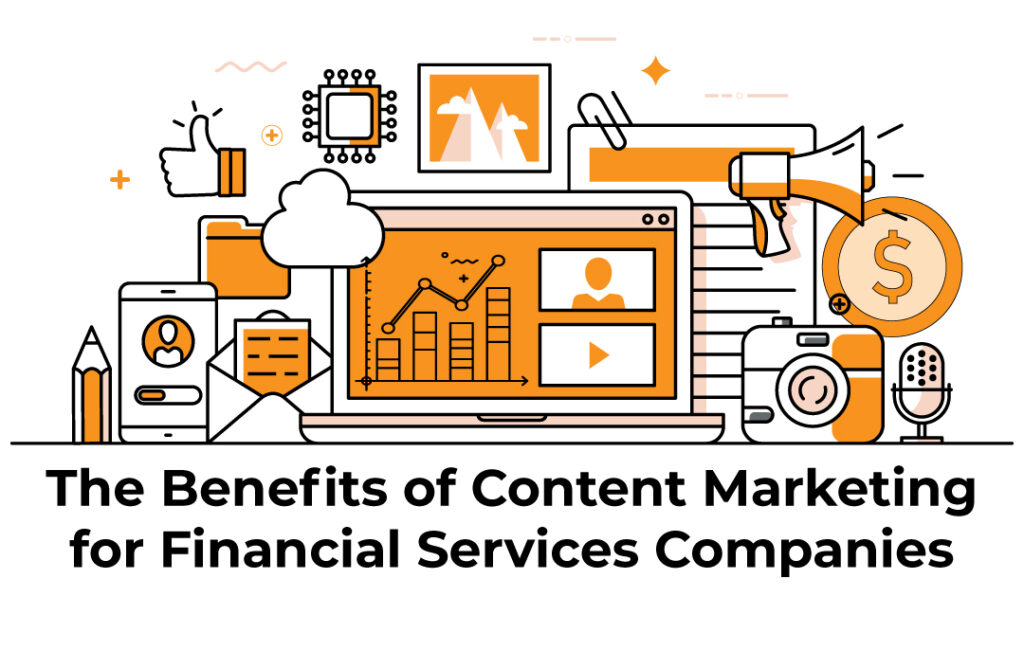Walking down a grocery store aisle, you are immediately greeted with an overwhelming influx of brands to choose from. The food industry is one of the most competitive out there due to the sheer volume of products available. This cut-throat marketplace positions food packaging design as a make it or break it factor for companies to draw consumers in and keep them coming back. How will you elevate your food packaging to draw more customers in and build an edge over the competition?
With food packaging holding so much influence on consumer perception of and interaction with brands, it is critical to understand which factors to consider when designing your packaging.
Packaging Tips and Tricks
1. Align Packaging with Brand Identity
Consumers make purchasing decisions quickly and instinctively. According to Forbes, you have 7 seconds to make a positive first impression on consumers, which is why eye-catching, strategically designed products are necessary. Consumers support authentic brands that reflect their values and that they feel excited to loyally support. Packaging holds the power to communicate brand values and identity so consumers can make that critical connection.
Brand identity should be based on the company and the market, key goals and an identifiable company persona. When approaching packaging, reflect on the following questions to ensure brand identity serves as the north star of design:
- What is your product?
- What sets it apart from the competition?
- Who is your target customer?
Once these points are identified, it’s important packaging text, design and style correspond with branding across owned channels. This attention to detail creates a cohesive line between points of contact with the public. These design choices should remain consistent once decided on for customers to identify the products in-store and to make it easier to conduct product line expansions over time.
2. Aesthetic & Utility
The aesthetic of a product’s packaging is critical in first catching a consumer’s eye, but it’s also critical for it to be functional. First, consider the shape and size of the packaging. Not only should the package make sense for the contents, but these factors influence the ease of use and influence stores’ stocking decisions. In other words, the shape of the product determines what is shelved when there is limited spacing available. A solution to this is to offer multiple facing options to make it easier to shelf the product. Toothpaste boxes are a great example of this because they can have horizontal or vertical designs.
Next, designers should consider if the packaging is user friendly and will fit wherever it will be stored at home. These details will inform in-store decisions. Finally, requirements to include product information or instructions on packaging offer an opportunity to creatively communicate company values.
3. Simplicity is Key
Relieve consumers’ shopping stress by clearly communicating your product’s value through simple design. When faced with an overwhelming amount of options to choose from, it is satisfying to be exposed to products that are easy on the eye and distinctly share product information and values.
RX Bars exemplify the effectiveness of simplistic design by making its short ingredients list the package’s central focus. This reinforces the company’s “No BS” value and sends a quick message expressing product attributes to elicit consumer trust. The simple design also makes it easy for the company to consistently communicate their identity across products.
4. Creative Details Catch the Eye
When looking at an aisle of similar products, creative design becomes a critical selling point to make consumers’ decisions tip in your favor. To begin, not only does product shape influence utility, but it also offers an opportunity to separate the product amongst competitors. Many products tend to be cubical in nature but playing with the design’s physical attributes creates a point of interest amongst the crowded shelves.
Next, the type of material used influences customer perception of the brand and influences costs. Although plastic may be cheaper to produce, it reflects poorly on environmental consciousness. In contrast, brands using compostable or recyclable materials see a return on investment through customer satisfaction and returned business. Material choices also influence the packaging texture, which plays a factor in the consumer’s experience with that product.
Finally, visual cues such as color and graphics communicate the company identity and draw consumers down the aisle. For example, brands such as Kraft Mac and Cheese market successfully target children by featuring bold, bright colors and engaging images of recognizable characters. This makes children’s decision easy when choosing between a plain Velveeta package and an exciting Kraft Paw Patrol Mac and Cheese
Overall, the competitive nature of the food and beverage industry has positioned packaging as a critical selling point for consumers. Partner with Burkhart Marketing to understand how you can design quality packaging that is not only recognizable but also speaks to your product’s values and builds a loyal customer base.






